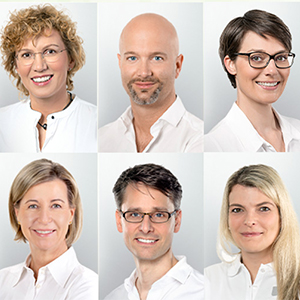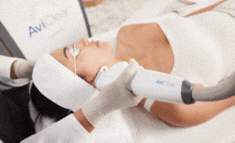Breast implants
In the past, breast augmentation (mammaplasty augmentation) meant that liquid silicon gel or fat tissue were injected. There was no long-term experience. By today's standards the quality of the products was sometimes suboptimal resulting in various complications which were widely covered in the media. This unjustly brought breast augmentation into disrepute.
Since 1995 implants have been subject to the provisions of the medicinal products law which makes ISO certification, CE mark (CE = Conformité Européenne – EU quality mark) and control numbers become indispensable safety requirements. For your own safety you will receive your personal implant passport listing all the data of your implant and allowing for their verification at any time.
Current implants are different in terms of size, shape, surface texture, design and filling materials. The external shell invariably consists of silicone.
Filling materials
- Today the most commonly used filling material for implants is silicone gel.
- Ample experience is available from long-term studies,
- based on about 30 years of clinical experience.
- Good natural appearance owed to a mammary gland-like consistency.
- Normally, the volume of the breast does not change, i.e. there is no leakage.
- The breast filling does not gurgle and is unscented.
- There is a wide range of products in terms of shapes and surface designs.
- As an alternative to silicone gel, implants can be filled with a saline solution.
- However, these implants have a shorter service life, a tendency to lose volume and occasionally to leak.
Implant designs
There are basically two shapes of breast implants: the naturally (anatomically) shaped and the round implants, the latter being primarily chosen with a view to highlighting the neckline.
The type of implant that is best suited for you will be determined in the framework of an in-depth discussion with your physician. Apart from all the high standards of product safety, it is primarily the surgeon's know-how that is key to a successful result without conspicuous scars. To achieve this it is important that we take ample time in the preliminary discussion to select the right implant, its placement and the most appropriate incision technique.
Frequently asked questions
- Where will the implant be placed?
- What are the differences between the implants?
- What is capsule fibrosis?
- What will happen with a breast implant during pregnancy?
- Will I still be able to breast-feed after a breast augmentation?
- When will the implant be placed above or underneath the pectoralis muscle?
- What is silicone?
Your question is not listed here? Call under
+49 (711) 25 25 75 – 0 – We advise you gladly.




